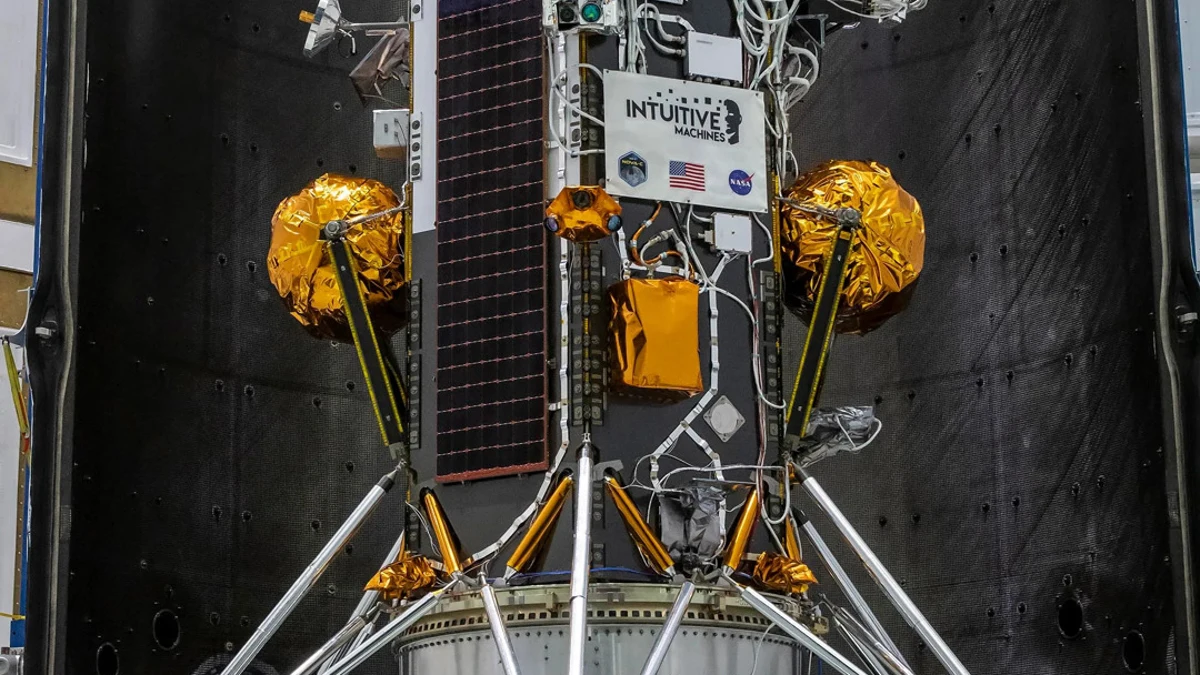
The Odysseus module of the private company Intuitive Machines took off this Thursday from Florida bound for the Moon, in what is expected to be the first American lunar landing in more than fifty years since Apollo 17. The launch of the IM-1 mission occurred at the scheduled time, 1:05 in the morning (6:05 GMT), and It is expected to land on the lunar surface next Thursday, February 22.
The takeoff had been postponed early Wednesday due to anomalies during the methane loading process. The module, which carries NASA instruments, seeks to make the first “soft” landing by an American company on the lunar surface, according to the Texas-based company Intuitive Machines.
The main objective of this mission is to bring scientific instruments and technological demonstrations to the south pole of the Moon, a region that remains unexplored.
Odysseus travels aboard a Falcon 9 rocket from the SpaceX company that took off this morning without incident from Launch Complex 39A at NASA’s Kennedy Space Center, in central Florida.
Once in orbit, this Nova-C series lander, equipped with a propulsion system powered by an environmentally friendly mixture of oxygen and methane, both liquids, separated from the rocket to head towards the Moon. After landing, the idea is that operations there will extend for about seven days before lunar night arrives at the south pole, leaving Odysseus inoperable.
Specifically, the landing will be in the vicinity of the Malapert massif, about 300 kilometers from the south pole of the Moon, an area full of “uncertainty,” according to NASA experts. Researchers believe the area is composed of lunar highland material, similar to the Apollo 16 landing site.
This is the second mission of NASA’s Commercial Lunar Payload Services (CLPS) initiative, after Peregrine, and is also part of the Artemis return to the Moon program. Last January, the Peregrine module, from the company Astrobotic Technology, failed in its attempt to land on the Moon with NASA and other commercial loads due to fuel supply problems, among others.
According to Intuitive Machines, the mission seeks to create an economical platform that will carry NASA scientific instruments to the Moon, as well as commercial cargo, to pave the way for a sustainable human presence on that natural satellite and its surroundings.
The landing site is one of 13 regions NASA is considering for the Artemis III mission, which will be that program’s first crewed moon landing mission and the first crewed flight of SpaceX’s Starship HLS lander.
Source: Lasexta
Ricardo is a renowned author and journalist, known for his exceptional writing on top-news stories. He currently works as a writer at the 247 News Agency, where he is known for his ability to deliver breaking news and insightful analysis on the most pressing issues of the day.











